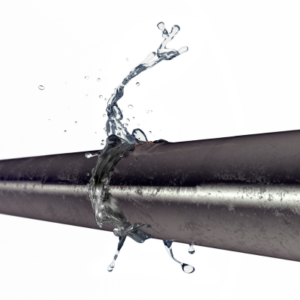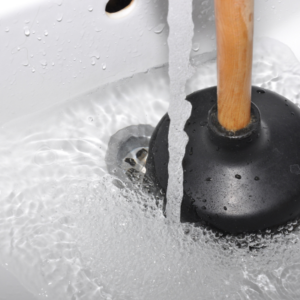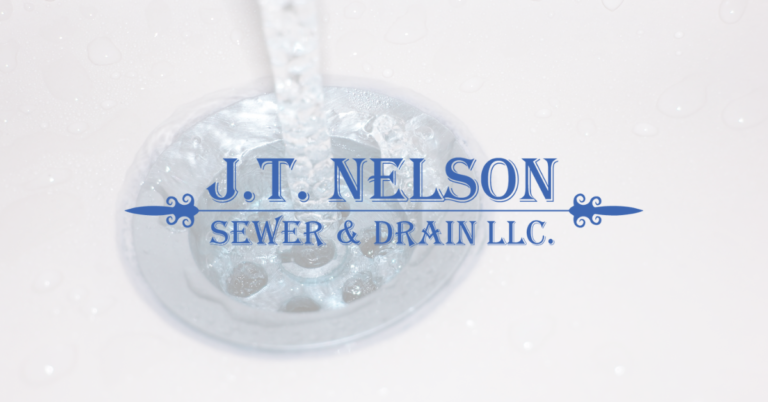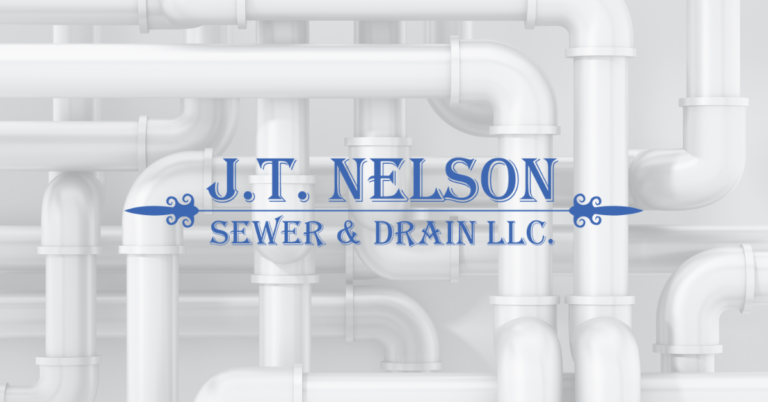Spring is finally here, and as the days grow longer and warmer, it’s the perfect time to give your sewer and drain systems some much-needed attention. Regular maintenance is essential to keep your systems running smoothly, preventing costly repairs and inconvenient disruptions. In this blog, JT Nelson Sewer & Drain provides expert advice and essential maintenance tips to help you avoid common springtime plumbing issues and keep your drains flowing freely.
The Importance of Spring Sewer and Drain Maintenance
Why spring is the perfect time for maintenance:
The arrival of spring marks the end of harsh winter conditions, making it an ideal time to inspect and maintain your sewer and drain systems. As the ground thaws and plant growth resumes, potential issues can become more apparent, allowing you to address them before they escalate.
Common issues that arise during the season:
Some of the most common springtime plumbing issues include tree root intrusion, debris buildup from melting snow and ice, and increased water usage from lawn care and other outdoor activities. These factors can put additional strain on your sewer and drain systems, leading to blockages, leaks, and even collapses if not properly addressed.
The impact of winter on your sewer and drain systems:
During winter, freezing temperatures and harsh weather conditions can cause pipes to contract and expand, increasing the risk of cracks and leaks. Additionally, the ground’s freezing and thawing cycles can shift pipes, potentially causing misalignments and other damage.
Conducting a Thorough Inspection
 Checking for leaks and cracks:
Checking for leaks and cracks:
Start by visually inspecting all accessible pipes and connections for any signs of leakage or damage. Pay close attention to areas near joints and bends, as these are more prone to issues. If you notice any wet spots, mold, or foul odors, contact a professional plumber immediately.
Assessing the condition of pipes and connections:
Examine your pipes for signs of corrosion or wear, such as discoloration, pitting, or flaking. If you suspect that your pipes may be compromised, it’s crucial to have them professionally evaluated and replaced if necessary.
Identifying potential blockages and debris buildup:
Slow-draining sinks, gurgling noises, or unpleasant odors can all indicate potential blockages in your sewer and drain systems. Be sure to address these issues promptly to prevent more severe problems from developing.
Clearing Out Debris and Preventing Clogs
Properly disposing of grease and food waste:
Avoid pouring grease or oil down your drains, as these substances can solidify and cause blockages. Instead, dispose of them in the trash or a designated container. Additionally, be mindful of the types of food waste you put down your garbage disposal, as fibrous or starchy materials can lead to clogs.
 Utilizing drain strainers and screens:
Utilizing drain strainers and screens:
Use drain strainers or screens to catch debris, such as hair and food particles, before they enter your pipes. Regularly clean and replace these devices to ensure they remain effective.
The benefits of routine drain cleaning services:
Scheduling professional drain cleaning services at least once a year can help remove stubborn buildup and prevent future clogs. These services typically involve the use of specialized equipment, such as video inspection cameras and high-pressure water jets, to thoroughly clean your pipes.
The Power of Hydro Jetting
How hydro jetting works:
Hydro jetting is a highly effective method for cleaning sewer and drain pipes. It involves using a high-pressure stream of water to blast away debris, grease, and tree roots, leaving your pipes clean and clear.
The advantages of using hydro jetting for sewer and drain maintenance:
Hydro jetting offers several benefits, including the ability to remove even the most stubborn blockages and debris without damaging your pipes. Additionally, it is an environmentally friendly option, as it doesn’t involve the use of harsh chemicals. Regular hydro jetting can help prolong the life of your sewer and drain systems, reducing the need for costly repairs and replacements.
When to call in the professionals at JT Nelson:
If you’re experiencing persistent drainage issues or suspect that your pipes may be compromised, it’s essential to consult with a professional plumber. The team at JT Nelson Sewer & Drain is experienced in diagnosing and resolving all types of sewer and drain problems, and can help you determine whether hydro jetting is the right solution for your needs.
Landscaping Tips to Protect Your Sewer and Drain Systems
Planting strategically to avoid root intrusion:
Tree roots are a common cause of sewer and drain issues, as they can infiltrate and damage pipes in search of water. To minimize the risk of root intrusion, plant trees and shrubs at a safe distance from your sewer and drain lines, and opt for slow-growing, shallow-rooted species.
Maintaining proper drainage around your home:
Ensure that your yard slopes away from your home’s foundation to promote effective drainage and prevent water from pooling near your sewer and drain systems. This can help reduce the risk of leaks, flooding, and structural damage.
Ensuring downspouts are correctly positioned:
Make sure your gutter downspouts are positioned away from your home’s foundation and direct water at least 5 to 10 feet away from your property. This helps protect your sewer and drain systems from excess water and reduces the risk of foundation damage.
Preparing for Spring Storms and Heavy Rainfall
Installing a sump pump or upgrading your current system:
A sump pump can help protect your home from basement flooding during heavy rainfalls. If you don’t already have one, consider installing a sump pump to keep your basement dry and your sewer and drain systems functioning properly. If you have an existing sump pump, make sure it’s in good working order and upgrade it if necessary.
Clearing gutters and downspouts of debris:
Regularly clean your gutters and downspouts to ensure they can effectively direct water away from your home. This helps prevent water damage and reduces the strain on your sewer and drain systems.
Inspecting and maintaining your sewer backflow preventer:
A sewer backflow preventer is designed to protect your home from sewage backups during heavy rainfall. Be sure to inspect and maintain your backflow preventer according to the manufacturer’s recommendations to ensure it functions correctly when needed.
Spring is an ideal time to ensure your sewer and drain systems are in top condition. By following these maintenance tips and seeking professional assistance when necessary, you can help protect your home from costly damage and keep your drains flowing smoothly all season long. If you have any concerns or need expert advice, don’t hesitate to reach out to the experienced team at JT Nelson Sewer & Drain – we’re here to help.




